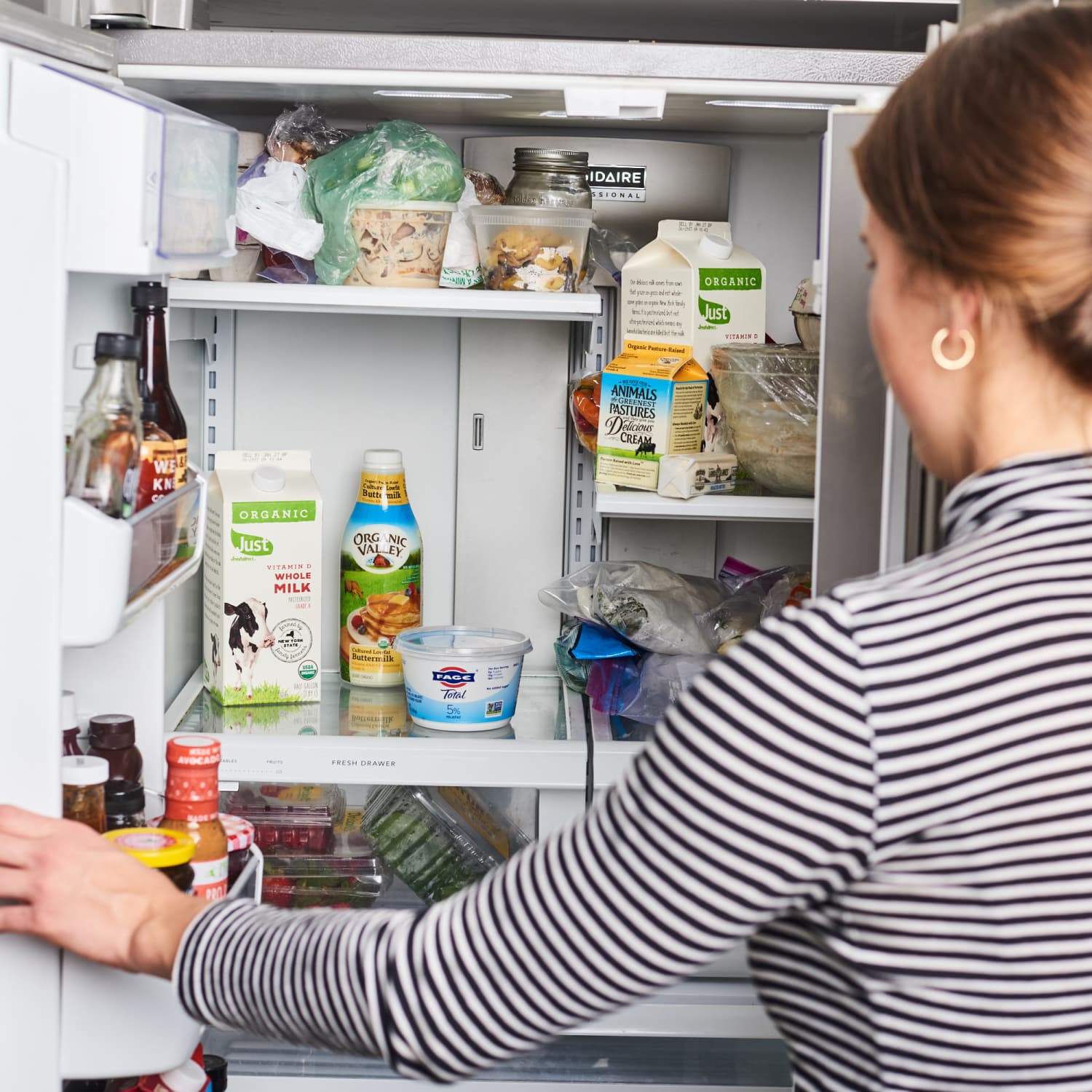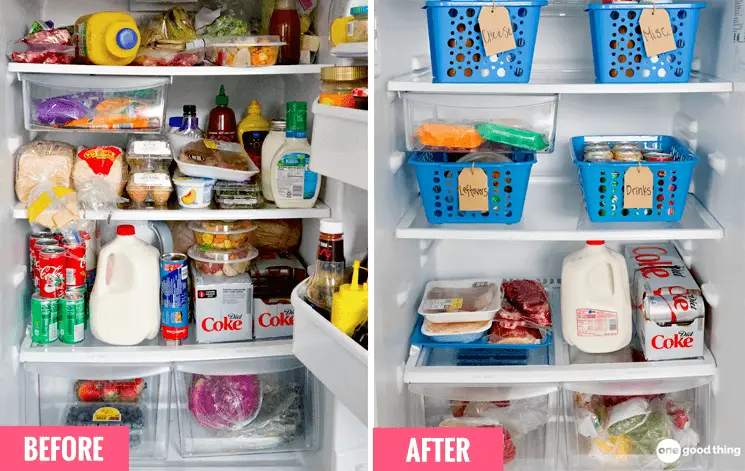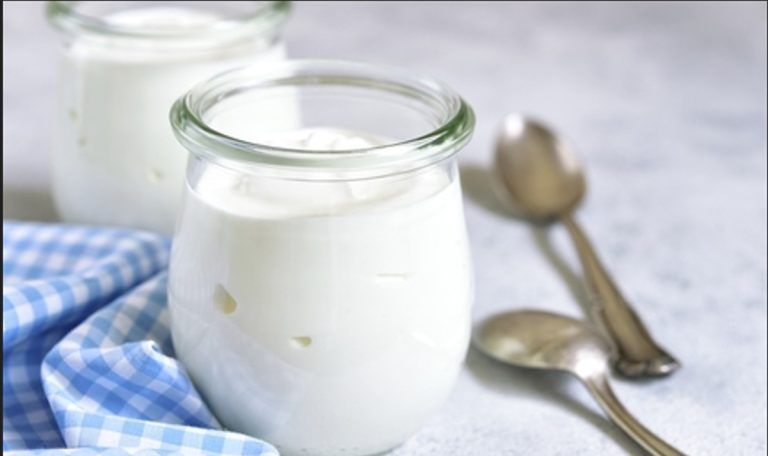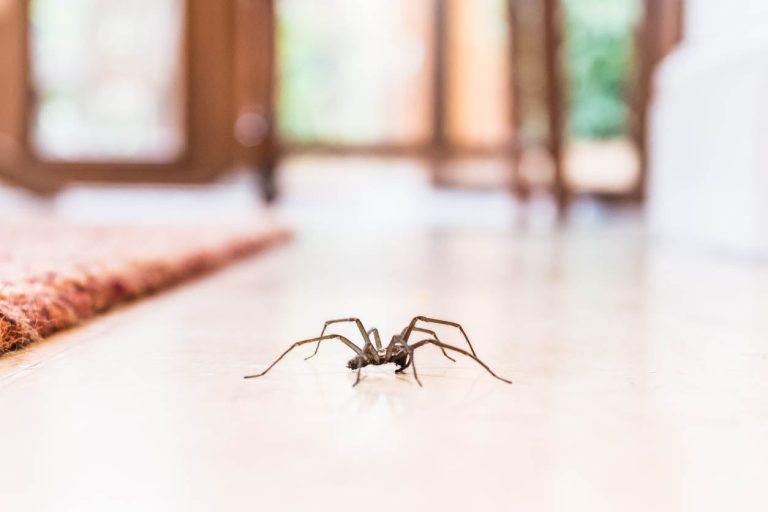How Not To Clean A Fridge?
Cleaning a refrigerator can be a daunting task, and if done incorrectly, can lead to major problems. To ensure that your refrigerator is properly cleaned and maintained, it is important to understand how not to clean a fridge. Doing so will help you avoid costly problems and potential health risks associated with the improper cleaning of a fridge. This article will discuss the common mistakes people make when cleaning a fridge, and how to avoid them.
The Basics of Refrigerator Cleaning
Refrigerator cleaning is an often overlooked but important chore. With all the food, condiments, and drinks that we keep in it, it’s easy to forget that a fridge needs regular cleaning. However, if done incorrectly, this can result in a nasty mess, with food and drinks spilling everywhere. To prevent this, it’s important to know the basics of refrigerator cleaning.
The first step is to empty the fridge. Take out all of the food, condiments, and drinks and set them aside. This will make it easier to clean the shelves and drawers. After this, it’s time to give the fridge a good scrub. Use a mild detergent and warm water to get rid of any dirt and grime. Be sure to wipe down all of the surfaces, including the walls and the interior of the fridge.
Next, it’s important to sanitize the fridge. Use a natural sanitizer, like vinegar, or a store-bought product to make sure that all the surfaces are germ-free. After this, make sure to dry everything off. This is especially important if you use a wet sanitizer, as it can cause mold or mildew to grow.
Finally, it’s time to put your food and drinks back in. Make sure to pay attention to expiration dates and rotate items so that the oldest food is used first. This will help you to keep your fridge clean and organized.
Cleaning your refrigerator doesn’t have to be a daunting task. With a few simple steps, you can keep your fridge in tip-top shape. Follow these steps and you can be sure that you won’t end up with a messy disaster.
Preparing the Fridge for Cleaning
When it comes to cleaning your fridge, the best way to go about it is to prepare it properly beforehand. This means emptying it, taking out the shelves and drawers, and putting aside any items that can easily be wiped down. Before you start, make sure the fridge is unplugged. It’s also important to turn off the water line if your fridge is connected to a water supply. Once the fridge is emptied, take out any food that has expired and throw it away. Wipe down any spills with a damp cloth and use an all-purpose cleaner to clean the inside. If your fridge has a built-in ice maker, make sure to clean it out as well. Finally, dry the fridge thoroughly before plugging it back in and restocking it.
What Not to Use When Cleaning a Fridge
Cleaning a refrigerator is an important part of kitchen maintenance, and it should be done periodically to ensure that your food stays safe and fresh. But while a fridge needs to be cleaned, it’s also important to use the right tools and products. Using the wrong cleaning products can damage the surfaces and materials of the fridge, and cause it to not function properly.
It is important to avoid using abrasive materials, such as steel wool, scouring pads, and sponges with abrasive surfaces. These materials can scratch the surface of the fridge and cause permanent damage. Avoid using bleach, ammonia, or any other harsh chemical cleaners as these can damage the finish of the fridge and cause corrosion. Instead, opt for an environmentally friendly, non-toxic cleaning solution.
Resist the temptation to use a steam cleaner on the fridge as this can cause moisture damage. Also avoid using heat to clean the fridge as this can cause warping and other damage. If you need to use a brush, opt for a soft-bristled one and use it gently.
When it comes to cleaning a fridge, it is important to use the right tools and products. Using the wrong cleaning materials can cause permanent damage to the appliance, so it’s best to avoid abrasives, bleach, ammonia, steam cleaners, and heat. Instead, opt for an environment-friendly, non-toxic solution and use a soft brush if needed. Following these tips will help keep your fridge in top condition.
Techniques to Avoid When Cleaning a Fridge
When it comes to cleaning a fridge, there are certain techniques to avoid that can be damaging and ineffective. Some of the common mistakes people make when cleaning a fridge include using abrasive cleaning agents, using brushes and steel wool, and leaving food in the fridge for too long.
Using abrasive cleaning agents such as bleach, ammonia, and strong detergents can be damaging to a fridge and should be avoided. The harsh chemicals can cause corrosion and discoloration of the interior and exterior surfaces of the fridge.
Using brushes and steel wool can also be damaging to the fridge. These materials can scratch and damage the interior and exterior surfaces of the fridge. In addition, the bristles can get stuck in the crevices and grooves of the fridge, which can be difficult to remove.
Leaving food in the fridge for too long can cause odors and spoilage. While it may seem convenient to store perishable items in the fridge, they should be consumed or disposed of within a certain time frame to prevent food-borne illnesses.
When cleaning a fridge, it is important to always use non-abrasive cleaning solutions and soft sponges. Additionally, it is important to regularly clean out the fridge and discard expired items. Following these tips can help ensure the fridge is clean and food is safe.

Tips for Cleaning the Inside of a Fridge
Cleaning the inside of your fridge is a daunting task, but it’s necessary for keeping your food fresh and safe. While it might seem like an overwhelming chore, there are some easy tips and tricks you can follow to make the job easier and more efficient. Here are some of the most important things to remember when cleaning your fridge:
- Start by emptying everything in the fridge and cleaning the shelves and drawers with warm, soapy water.
- Unplug the fridge and remove and wash the shelves, drawers, and bins.
- Vacuum any hard-to-reach areas with a crevice tool.
- Clean the interior walls and doors using a mixture of baking soda and water.
- Rinse the interior with a wet cloth and dry thoroughly.
- Disinfect the interior with a solution of one part vinegar and two parts water.
- Wipe down the exterior with a damp cloth and polish with a dry cloth.
Cleaning your fridge is an important part of kitchen maintenance, and following these tips can help you keep your fridge clean and organized. Taking the time to properly clean your fridge will keep your food fresh and safe, and also help you reduce food waste.
Tips for Cleaning the Outside of a Fridge
When it comes to cleaning a fridge, most of us know to tackle the inside first. However, it’s just as important to give the outside of the fridge a good scrubbing. Cleaning the outside of a refrigerator not only helps keep it looking nice, it also helps keep it running efficiently. Here are some tips for cleaning the outside of a refrigerator.
Start by unplugging the fridge. This is important for safety reasons; you don’t want to be cleaning a live appliance. Once unplugged, remove any loose debris or dirt from the outside of the fridge with a vacuum cleaner. After that, use a mild detergent and warm water to clean the exterior of the fridge. Make sure to use a soft cloth or brush to scrub away any stubborn dirt or debris.
When you’re done, give the outside of the fridge a quick wipe with a dry cloth. This will help keep the surface shiny and free from smudges. Finally, make sure to plug the refrigerator back in to start running again.
By following these tips, you can easily and safely clean the outside of your fridge and keep it looking like new. Not only will it look better, but it will also help keep your fridge running at peak performance.
How to Maintain a Clean Refrigerator
Fridge cleaning is an important part of proper kitchen maintenance. Not only does it help to ensure the health of your family, but it can help to increase the life of your appliance. Unfortunately, many people don’t know how to properly clean their refrigerators. If you’re one of those people, then this blog post is for you. Here are some tips on how to maintain a clean refrigerator and avoid common mistakes.
Start by unplugging the refrigerator and removing all food and other items. This will allow you to access all the nooks and crannies. Be sure to clean all the shelves, drawers, and compartments thoroughly. Use a non-abrasive, all-purpose cleaner and a damp cloth. Make sure to pay special attention to the door seals and areas around the fridge.
Next, use a vacuum cleaner to remove any debris and dust from the condenser coils. This will help to improve the efficiency of your refrigerator and extend its life. Finally, replace the food items, plug in the refrigerator, and set the temperature to the optimal level.
By following these simple tips, you can help keep your refrigerator clean and ensure it’s working properly. Regular maintenance is key to a healthy fridge, so make sure to give it a thorough cleaning at least once a month.
Troubleshooting Common Issues With Refrigerators
Cleaning a refrigerator can be a daunting task, especially if it’s been a while since the last time you gave it a good scrub down. But even with the right supplies and techniques, some fridge issues can be tricky to fix. Common refrigerator problems can range from broken ice makers to faulty thermostats and more. This article will explore some of the most common issues and how to troubleshoot them, so you can get your fridge back in working order.
One of the most common refrigerator problems is a faulty thermostat. When the thermostat malfunctions, it can cause the fridge to run too hot or cold, making it difficult to maintain the desired temperature. To troubleshoot this issue, first make sure that the thermostat is set correctly. If it is set properly and the fridge is still not cooling properly, check to see if the condenser coils need to be cleaned or if the fan is working correctly. If these items are in working order, it could be a sign of a more serious issue.
Another common issue is a broken ice maker. If the ice maker is not working, the first thing to check is the water line connection. If the connection is secure and the ice maker is still not functioning, it could be an issue with the ice maker’s control system. To fix this issue, you will need to reset the ice maker and check for any clogs or blockages in the line.
With a little troubleshooting, you can get your fridge back in working order and avoid costly repairs. Understanding the most common refrigerator issues and how to address them can help you save time and money.
FAQs About the How Not To Clean A Fridge?
Q: What should I not do when cleaning my fridge?
A: You should not use harsh chemicals, abrasive cleaners, or scouring pads to clean your fridge. These can damage the interior surfaces and be hazardous to inhale.
Q: What is the best way to clean my fridge?
A: The best way to clean your fridge is to use a mild solution of warm water and a small amount of dish soap. A soft cloth or sponge should be used to gently wipe down the interior surfaces.
Q: How often should I clean my fridge?
A: It is recommended to clean your fridge at least once a month. This helps to keep it clean, and sanitized and prevents the growth of bacteria and mold.
Conclusion
Cleaning a fridge is not a difficult job, but it’s important to do it the right way to ensure your food is safe and your appliance is running efficiently. When cleaning a fridge, it is important to unplug the refrigerator, empty out the contents, and clean the shelves, drawers, and walls with a mild detergent solution. When wiping down the inside of the fridge, use a damp cloth or paper towels and avoid using any abrasive cleaners or steel wool. Finally, use a vacuum to remove any lingering dust or dirt and leave the door open to allow the fridge to air out and dry. Following these steps will help you keep your fridge clean and safe for your food.







